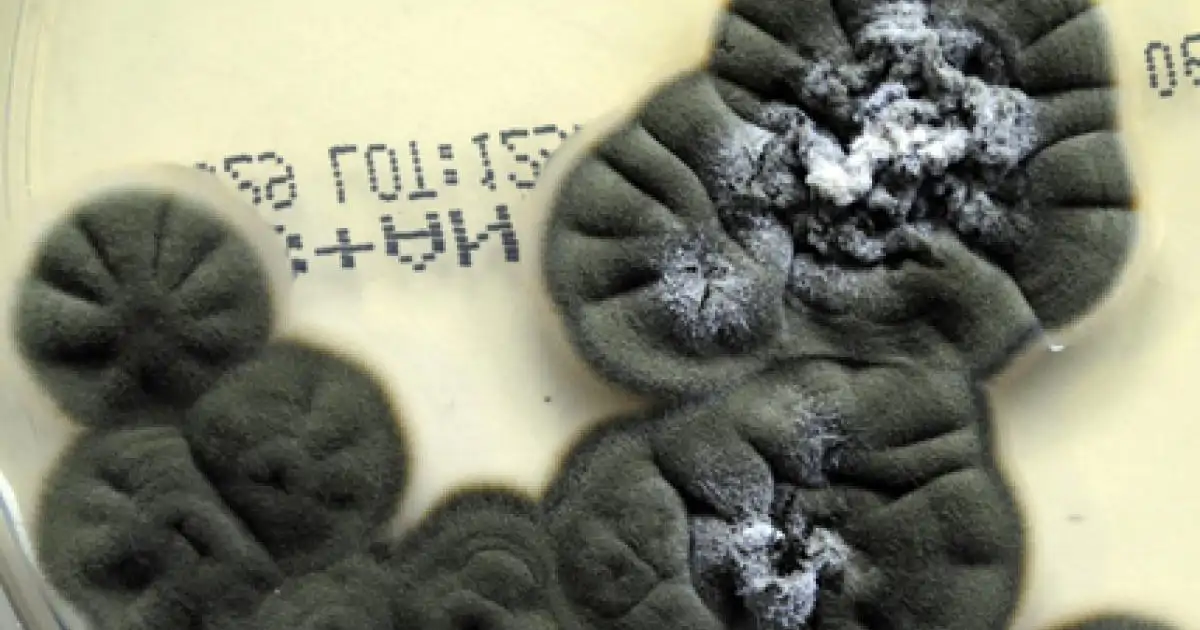The 'Photosynthetic' Fungus of Chernobyl That Feeds on Radiation and Could Help Colonize Mars

In the radioactive ruins of Chernobyl, a unique fungus named _Cladosporium sphaerospermum_ thrives by feeding on radiation, particularly gamma rays. This organism, often referred to as the 'photosynthetic fungus of darkness,' utilizes melanin to convert harmful radiation into chemical energy, a process termed 'radiosynthesis,' akin to photosynthesis in plants.
The potential applications of this fungus extend beyond Earth. Experiments aboard the International Space Station have shown that it can reduce radiation levels, suggesting it could serve as a biological shield for future Mars colonization. A thin layer of this fungus could protect astronauts from harmful radiation, creating a self-repairing habitat.
Additionally, researchers are exploring its use in medical treatments for radiation exposure and in biotechnology for developing materials that respond to radiation. This fungus exemplifies how life can adapt to extreme conditions and offers innovative solutions for both space exploration and health care.